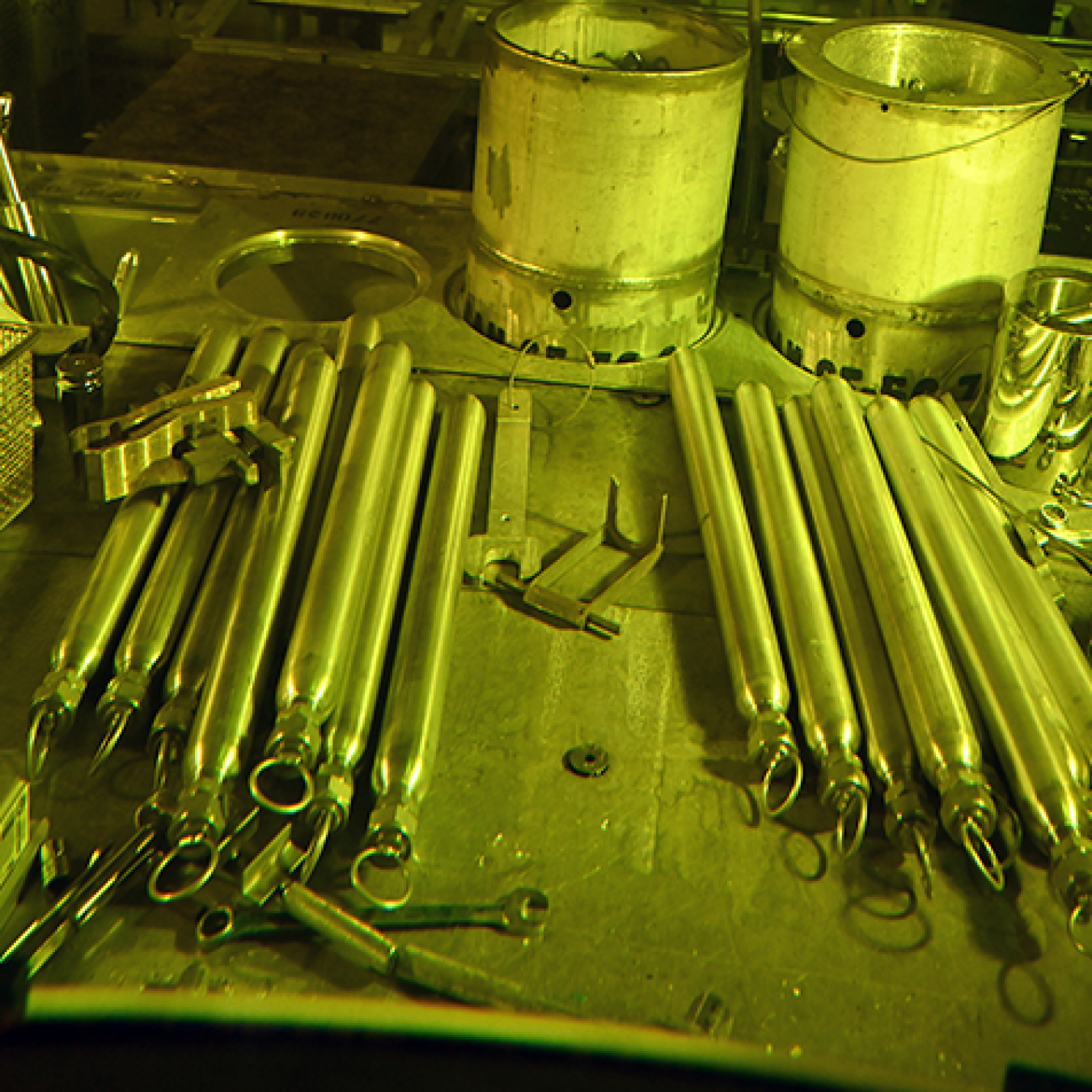INL transfers spent nuclear fuel to dry storage as part of Idaho Settlement Agreement
IDAHO FALLS, Idaho (KIFI) - Idaho National Laboratory (INL) has successfully transferred all Experimental Breeder Reactor-II (EBR-II) spent nuclear fuel from wet to dry storage.
The transfer is a major milestone in the Idaho Settlement Agreement and one of several requirements the U.S. Department of Energy (DOE) is obligated to meet.
DOE reached the milestone nearly nine months ahead of schedule. The project also led to the recovery of uranium products that could be used for high-assay low-enriched uranium (HALEU) material that will support the development of advanced reactors and fuels.
The Idaho Settlement Agreement was signed by DOE, the state of Idaho and the U.S. Navy in 1995 to support the cleanup and disposition of spent nuclear fuel, along with high-level and transuranic radioactive legacy waste at the site.
DOE successfully transferred more than 100 shipments of EBR-II sodium-bonded driver fuel from wet to dry storage as part of the agreement to help fulfill its obligations.
“The removal of EBR-II fuel from wet-to-dry storage is a huge step forward in the Idaho Settlement Agreement,” Nuclear Energy Assistant Secretary Dr. Kathryn Huff said. “We will continue to safely and effectively manage the site’s legacy waste to keep our promise with the citizens of Idaho.”
Fueling Future Reactors
A portion of the EBR-II fuel is being treated to recover uranium products which could potentially be used as a source for HALEU—a crucial material needed to develop and deploy advanced reactors.

The HALEU will be used to support fuel qualification testing and DOE-supported advanced reactor demonstration projects.
EBR-II was a sodium-cooled fast reactor that operated from 1964 to 1994. It generated power for the lab and supported reactor research and development projects.
By 1996, the reactor’s spent nuclear fuel was removed and placed into wet storage. DOE started transferring the fuel to dry storage in 2011.
All U.S. spent nuclear fuel is initially stored in steel-lined concrete pools surrounded by water. It is later removed and placed in dry storage systems that are made of steel, concrete, and other materials to contain radiation, manage heat, and prevent nuclear fission.
The Office of Nuclear Energy and Office of Environmental Management will continue to work with INL to ensure that the DOE can meet its obligations under the Idaho Settlement Agreement.






